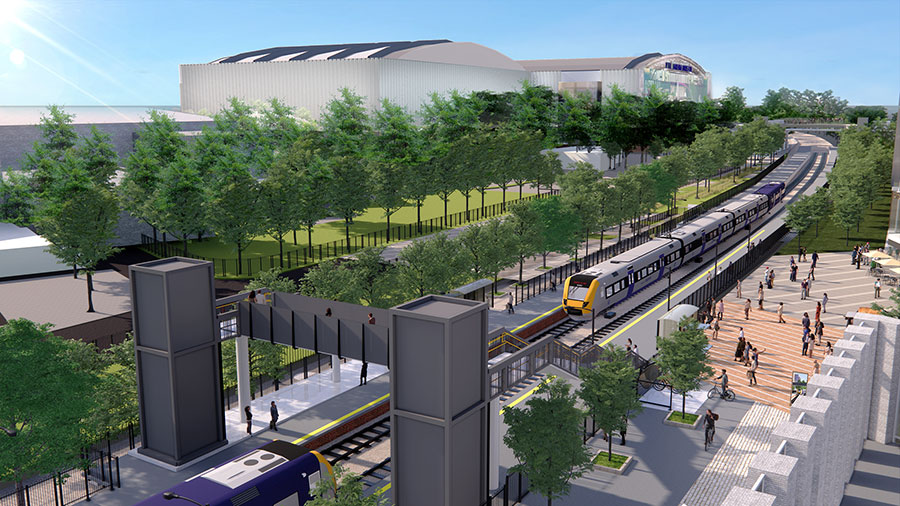
A planned train station by the new arena in Filton will not open until 2026 after delays were blamed on several design changes. The station was initially due to open next year (2023), before the YTL Arena opens in 2024, as a key part of the transport plan to get people to concerts.
North Filton station is one of three new stations opening over the next few years, with services running from Bristol Temple Meads to Ashley Down, the arena, and Henbury. The project, part of MetroWest Phase 2, is reopening an old railway line with newly built stations.
As well as the 17,000-capacity YTL Arena, North Filton station will serve thousands of new houses planned for the neighbouring Filton Airfield, in a new development called Brabazon. But it will take at least another four years before passengers can catch a train to North Filton.
Work on building the three new stations is being led by the West of England Combined Authority (Weca), and a planning application for North Filton train station has gone to South Gloucestershire council, which has not yet decided whether to grant planning permission. Another issue is how often the trains will run, with initial plans for just one service an hour.
A spokesman for YTL said:
“Responsibility for delivering the station sits with the West of England Combined Authority and Network Rail. The station is due to open by mid-2026, however the combined authority team is currently looking at options for accelerating the work and we are working closely with them.”
“YTL is working with Network Rail and Great Western Railway (GWR) on the frequency of trains, particularly on event days. We have recently submitted a revised planning application to South Gloucestershire Council to increase the number of units on the Brabazon development. This application is based upon a frequency of four trains per hour at peak times.”
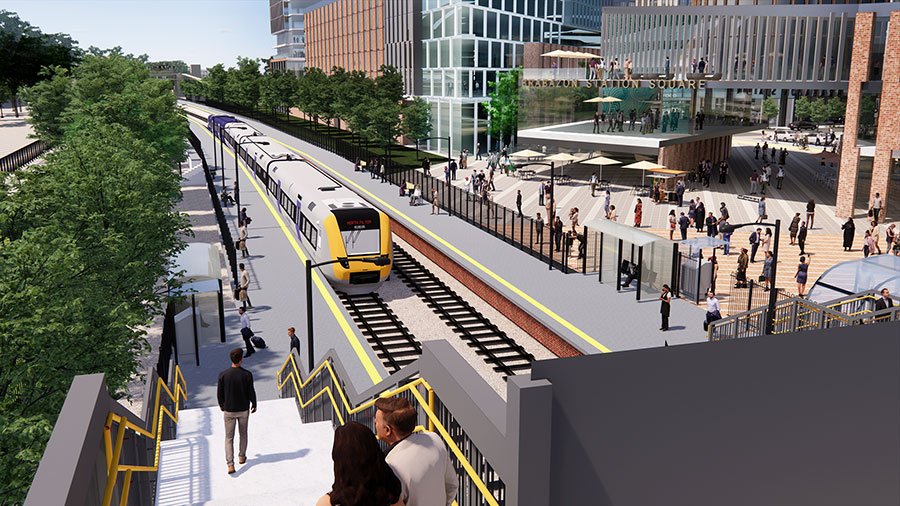
A source at Weca said the delays to North Filton station were due to several design changes. These include needing to redesign a footbridge over the tracks, delays to the Henbury station – which impact North Filton as the two are being built together – and the need to do “value engineering and cost avoidance exercises” to keep project costs in control.
According to GWR, trains could eventually run every half-hour to the new arena, but this depends on first getting the funding for the upgrades. The current infrastructure cannot run a 15-minute train service, vastly reducing how many passengers can travel to and from gigs.
A spokesman for GWR said:
“Services will initially be hourly, with a plan to increase to half-hourly either all day or for evening events, subject to funding. We cannot deliver a 15-minute frequency on the current infrastructure.”
Much further down the line, early stage plans include completing the Henbury Loop by introducing a new service from North Filton and Henbury along an old existing railway to Avonmouth. This would loop back to other Bristol stations like Clifton Down and Montpelier.
A future mass transit system could also include a station at the Brabazon development.
But in the meantime, thousands of people travelling to the YTL Arena will not be able to get directly there by train. Three existing stations are nearby, at Bristol Parkway, Filton Abbey Wood and Patchway, but these are all at least half-an-hour from the arena on foot.
Shuttle buses will also travel to the arena, and a large car park will be built.
The arena will also be served by the planned M4 MetroBus service, providing a link to Bristol Parkway.
Despite the transport issues, Bristol mayor Marvin Rees recently called the arena “Europe’s most sustainable”, during his State of the City Address on Wednesday 26th October. Before he came to office, the previous plan was to build a 12,000-capacity arena next to Temple Meads, a much larger and already existing train station.
He said:
“When we came to office, we inherited the components of a plan to deliver a city centre arena, but began to discover the numbers were unravelling. We were faced with borrowing over £160 million to build an arena with a 35-year break-even financial model – with all the risk held by council taxpayers.
“The political wind from the council chamber, the Twitterati and commentariat supported building the arena there against the financial intelligence. We could have proceeded with the decision based on this political noise or we could make the right decision based on that financial evidence.”
“If we had built the arena, we would have carried that debt and the new building into the lockdown. The financial and reputational consequences of that would have been considerable, to put it mildly. Instead, we now get homes, a hotel, conference centre and jobs on Temple Island, and the UK’s third largest and Europe’s most sustainable arena.”
✍️ Article by Alex Seabrook, Local Democracy Reporting Service (LDRS) – with additional reporting by the Journal.
Weca mayor comments
Speaking on BBC Radio Bristol’s breakfast programme on Tuesday 1st November 2022, metro mayor Dan Norris said:
“I certainly think [Network Rail] have a reputation for not being the fastest of all organisations. This delay makes the arena launch less than ideal and we’ve got to ensure that we get it literally and metaphorically back on track.”
“Every time some change is made to the plans that causes some significant delay.”
“South Gloucestershire Council, for example, didn’t give consent for North Filton Station. They wanted changes to a pedestrian bridge. That has caused a delay, I believe. That planning won’t be signed off until next year, so that hasn’t helped. But that doesn’t mean it’s their fault – they’re allowed to do that.”
“Everything is far too slow, I do completely agree with that.”
“Government plus Network Rail are not working as fast as we would like in our region. We’ve got to make sure that they can’t say that we’ve delayed it any way. So I ask South Gloucestershire to get on with the planning please, I ask Bristol to do the same – make sure everything’s running smoothly – and obviously I’ll work closely with Network Rail and others to do what we can to make sure we’re putting up our side of the bargain so that the government and Network Rail do theirs.”

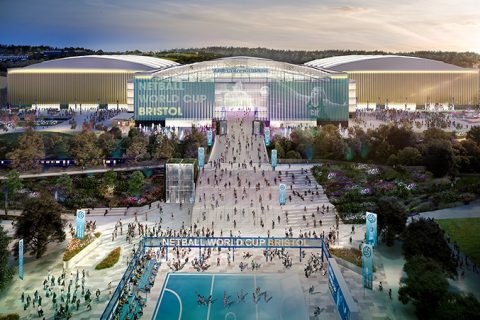
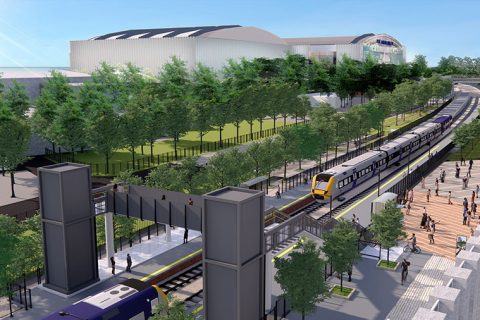
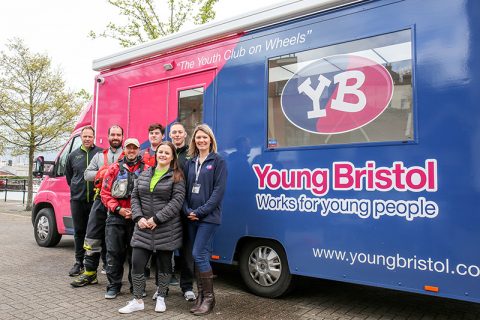
A planning application for the revised design of the footbridge over the railway has now been submitted to Bristol City Council and South Gloucestershire Council.
South Gloucestershire Council ref. P22/06722/F
From the covering letter:
“This submission is a revised application to reflect the changes to the direction of the Brabazon Steps on the airfield side of the bridge to help with pedestrian flows and direction of travel. There are no substantive changes to the bridge design itself.”